On 1st April 2016 the official go-ahead was given for the construction of the new Matterhorn Glacier Ride. 145 people from 38 different companies had been involved in the biggest construction project in the history of Zermatt Bergbahnen AG. Since November 2018, the 3S (three-cable system) cableway transports up to 2'000 passengers an hour to Matterhorn Glacier Paradise (Klein Matterhorn) – 365 days a year. The cost of building the cableway between Trockener Steg and Matterhorn Glacier Paradise amounts to some 60 million Swiss francs. The project presented huge challenges to both man and machine, as at altitudes of 3'821 metres progress on the building site is heavily dependent on the wind and cold.
Daytime temperatures as low as minus 30 degrees, wind speeds reaching 240 km/h, heavy snow and dense fog are all par for the course on Klein Matterhorn. Since 2016, construction workers in expedition gear had been working on the new Matterhorn Glacier Ride at almost 4'000 metres above sea level and on precariously steep terrain. Because of the lack of oxygen at high altitude the individuals toiling on Europe's highest building site can only perform at around 60 to 80 percent of their normal physical capacity. The altitude is not only tough on the workers – the materials too are pushed to the limit. Concreting work can only take place at temperatures of 5°C or more, so the concrete is mixed using warm water at the intermediary depot at Lake Cime Bianche on the Italian side of the border and must not be allowed to cool below 8°C during its journey on the transport lift. The construction machinery also had to undergo technical modifications to cope with the extremes of pressure and temperature. At an altitude of almost 4'000 metres the air pressure, as well as the amount of oxygen contained, falls to 60% of that at sea level.
Rock stabilization – protection from falling scree
Before a start could be made on the building work, the site on Klein Matterhorn first had to be made safe from rockfalls. Highly specialized workers from Gasser Felstechnik AG manually put protective netting in place. While abseiling over the rock face from the ridge above, they first used picks and crowbars to clear loose surface rocks from an area of 3'000 m2. The high-alpine specialists then pinned hexagonal-weave protective netting over the rock surface, requiring the use of ten tonnes of steel. Four protective nets over the building site and future mountain station protected four more areas of 200 m2 from falling rocks and avalanches.
“To overcome the problem, we detonated some small charges and used an excavator with a pick hammer attachment to create two temporary access routes from the opening tunnel to the highest point of the construction pit. That way we could get the drill rigs into place and start excavating from above,” explains Thomas Aschwanden, project manager and deputy managing director of Gasser Felstechnik AG. Because of the challenging topography, around one-third of the excavation work was completed not by the two drilling machines but by workers suspended from ropes and using hand drills. The holes, two to three metres in length, were then filled with explosives. Thirty holes were drilled into the rock face each day in this way and an average of 100 m3 of rock removed. Five tonnes of explosives were needed to excavate a total of 10'000 m3 of rock over a period of 90 days. After the excavation work, concrete was poured in an area of 31 by 8.5 metres to form the foundations for the building.




